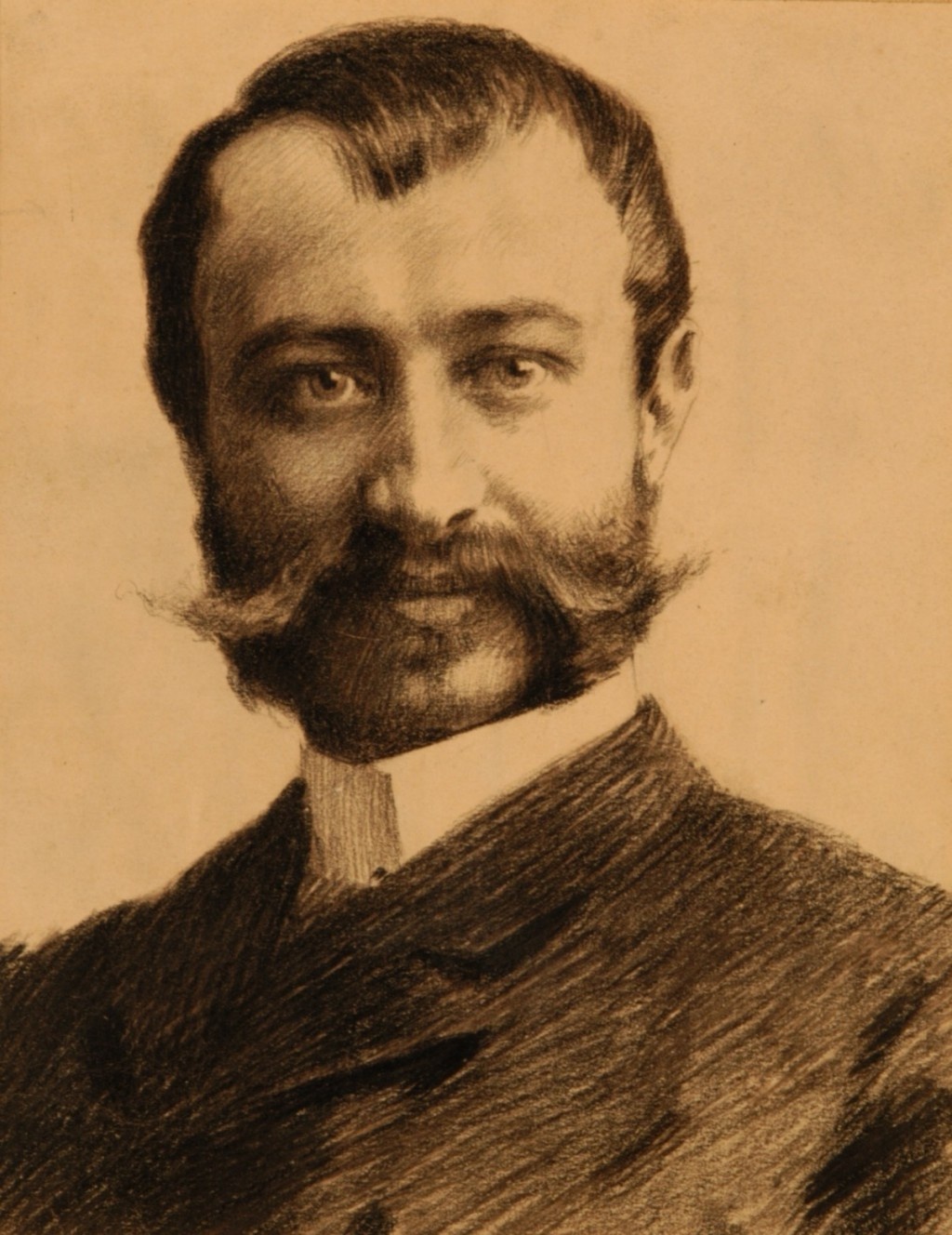Tihamér Margitay on:
[Wikipedia]
[Google]
[Amazon]
 Tihamér Margitay (1859–1922) was a Hungarian
Tihamér Margitay (1859–1922) was a Hungarian
File:Margitay Háztűznézőben.jpg, "Where There's Smoke, There's Fire"
File:Tihamer von Margitay Der hungrige Kadett.jpg, The Hungry Cadet
File:Tihamér Margitay Courtship.jpg, Courtship
File:Tihamér Margitay Exciting story.jpg, Exciting story
File:Tihamér Margitay In the Salon.jpg, In the Salon
 Tihamér Margitay (1859–1922) was a Hungarian
Tihamér Margitay (1859–1922) was a Hungarian painter
Painting is a Visual arts, visual art, which is characterized by the practice of applying paint, pigment, color or other medium to a solid surface (called "matrix" or "Support (art), support"). The medium is commonly applied to the base with ...
. He was born in Jenke, Austria-Hungary
Austria-Hungary, also referred to as the Austro-Hungarian Empire, the Dual Monarchy or the Habsburg Monarchy, was a multi-national constitutional monarchy in Central Europe#Before World War I, Central Europe between 1867 and 1918. A military ...
, (today Jenkovice, Slovakia
Slovakia, officially the Slovak Republic, is a landlocked country in Central Europe. It is bordered by Poland to the north, Ukraine to the east, Hungary to the south, Austria to the west, and the Czech Republic to the northwest. Slovakia's m ...
). He painted anecdotic, so-called "parlour pictures", in the style of Jules Bastien-Lepage
Jules Bastien-Lepage (1 November 1848 – 10 December 1884) was a French painter closely associated with the beginning of naturalism, an artistic style that grew out of the Realist movement and paved the way for the development of impressioni ...
.
Background
Margitay studied inBudapest
Budapest is the Capital city, capital and List of cities and towns of Hungary, most populous city of Hungary. It is the List of cities in the European Union by population within city limits, tenth-largest city in the European Union by popul ...
Margitay liked to paint scenes of the middle-class
The middle class refers to a class of people in the middle of a social hierarchy, often defined by occupation, income, education, or social status. The term has historically been associated with modernity, capitalism and political debate. Commo ...
in the style of Bastien-Lepage with a naturalistic technique. His paintings have been exhibited several times in Budapest and also in Vienna
Vienna ( ; ; ) is the capital city, capital, List of largest cities in Austria, most populous city, and one of Federal states of Austria, nine federal states of Austria. It is Austria's primate city, with just over two million inhabitants. ...
. The Hungarian National Gallery
The Hungarian National Gallery (also known as Magyar Nemzeti Galéria, ), was established in 1957 as the national art museum. It is located in Buda Castle in Budapest, Hungary. Its collections cover Hungarian art in all genres, including the w ...
are in possession of some of his paintings and his self-portrait is on exhibition at the Hungarian Historical Gallery.
He studied at the Model Drawing School and Drawing Teacher Training School in Budapest between 1874 and 1879, as a student of Bertalan Székely
Bertalan Székely (8 May 1835, Kolozsvár, Transylvania, Kingdom of Hungary (now Cluj-Napoca, Romania) – 21 August 1910, Budapest, Transleithania, Austria-Hungary) was a Hungarian history and portrait painter who worked in the Romantic ...
and Gyula Benczúr
Gyula Benczúr (28 January 1844, Nyíregyháza – 16 July 1920, Szécsény) was a Hungarian painter and art teacher. An "outstanding exponent of academicism", he specialized in portraits and historical scenes. He is "considered one of the grea ...
and in Munich
Munich is the capital and most populous city of Bavaria, Germany. As of 30 November 2024, its population was 1,604,384, making it the third-largest city in Germany after Berlin and Hamburg. Munich is the largest city in Germany that is no ...
with O.Seitz. He also studied in Venice
Venice ( ; ; , formerly ) is a city in northeastern Italy and the capital of the Veneto Regions of Italy, region. It is built on a group of 118 islands that are separated by expanses of open water and by canals; portions of the city are li ...
and Florence
Florence ( ; ) is the capital city of the Italy, Italian region of Tuscany. It is also the most populated city in Tuscany, with 362,353 inhabitants, and 989,460 in Metropolitan City of Florence, its metropolitan province as of 2025.
Florence ...
.
In 1879, he continued his studies at the Academy of Fine Arts in Munich, as a state scholarship holder. After his return home, he had the opportunity to appear before the wider public for the first time in 1881, when his work "Római dáridó" was exhibited in the Műcsarnok.
In 1884, he received a state commission to paint a full-length portrait of Palatine József. He gained national popularity with his painting ''The Irresistible'', presented in 1888.
In 1897, he participated in the painting of the monumental panorama of Transylvania
Transylvania ( or ; ; or ; Transylvanian Saxon dialect, Transylvanian Saxon: ''Siweberjen'') is a List of historical regions of Central Europe, historical and cultural region in Central Europe, encompassing central Romania. To the east and ...
. In 1903, an exhibition of his collection was organized by the National Salon.
He ended his life with his own hands.
Gallery
References
*Művészeti Lexikon, Akadémiai Kiadó, 1980 1859 births 1922 deaths People from Sobrance District 19th-century Hungarian painters 20th-century Hungarian painters 1922 suicides Suicides in Hungary Painters from Austria-Hungary {{Hungary-painter-stub